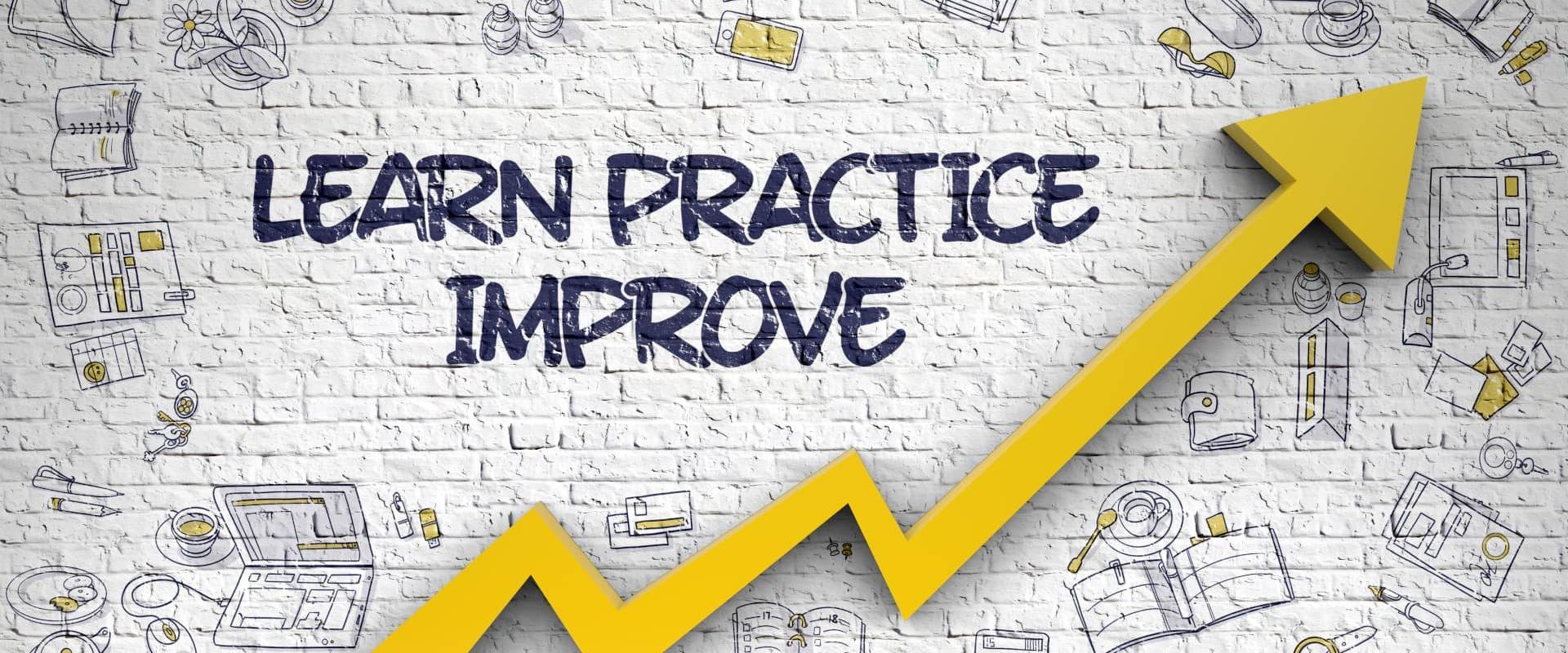
Kanban practice:
Less work, more results



It sounds tempting: tackling more tasks at the same time means reaching your goal faster. But in practice, the exact opposite happens. Every time an employee switches between tasks, time is lost: due to reorientation, waiting for colleagues or mistakes made under time pressure. This constant switching leads to decreasing efficiency, increasing frustration and ultimately delayed results.
Instead of maximizing the number of parallel tasks, the focus should be on a continuous flow of work. This is where a key principle comes into play: limiting the number of tasks processed simultaneously. Organizations that implement this often experience a dramatic improvement in their throughput - the speed at which work is completed.
This principle is based on the "Theory of Constraints", a concept that states that every system has a bottleneck that limits the overall flow. If too many tasks are being processed at the same time, congestion occurs - comparable to a crowded highway. If traffic is limited, it flows more smoothly and quickly. The same applies to work processes: Less parallel work means that tasks are completed faster and there are fewer delays.
This is where a tried and tested method comes in: Work-in-Progress limits (WIP limits). These define a maximum number of tasks that a team or department can work on at the same time. This ensures that the workflow is optimized and bottlenecks become visible more quickly. Teams can work more efficiently by focusing on a few tasks and completing them more quickly instead of starting too many things at once and getting bogged down.
But how do you put this into practice? One of the most effective methods for managing WIP limits is Kanban. Kanban helps teams to visualize the flow of work, identify bottlenecks and manage them in a targeted manner. Organizations that use Kanban and WIP limits often experience a significant improvement in productivity and a reduction in delays.
If you would like to learn how to make your company more efficient with WIP limits and how to get the most out of Kanban, attend one of our Kanban training courses. Learn how to optimize your processes, eliminate bottlenecks and sustainably increase your team's productivity.